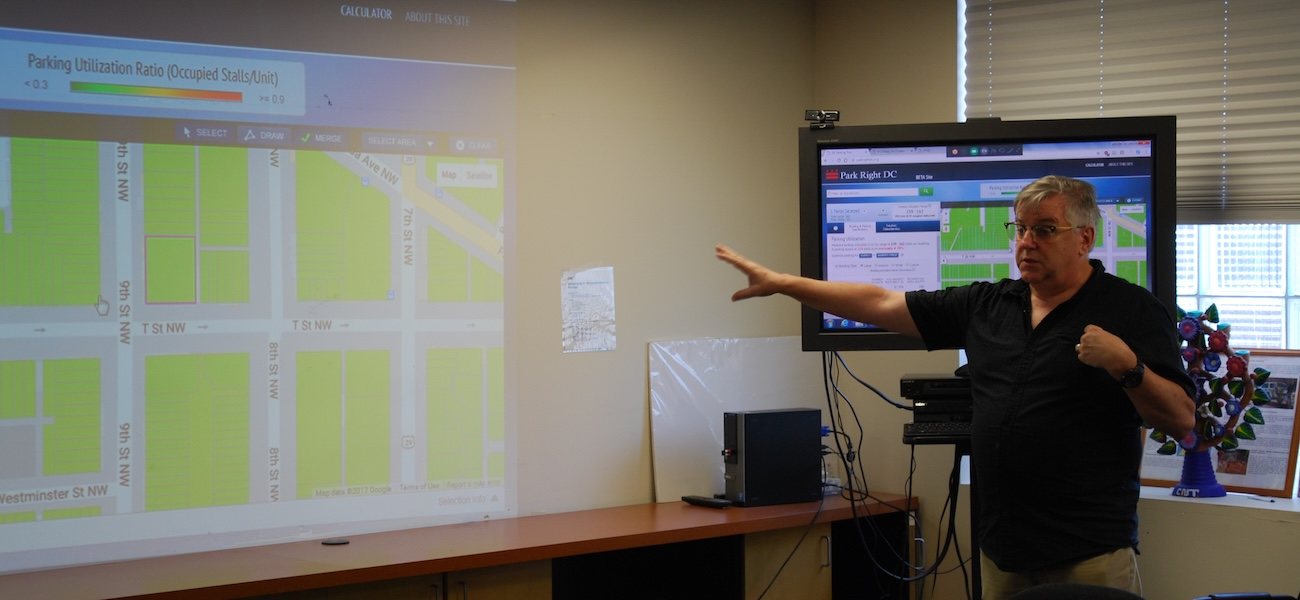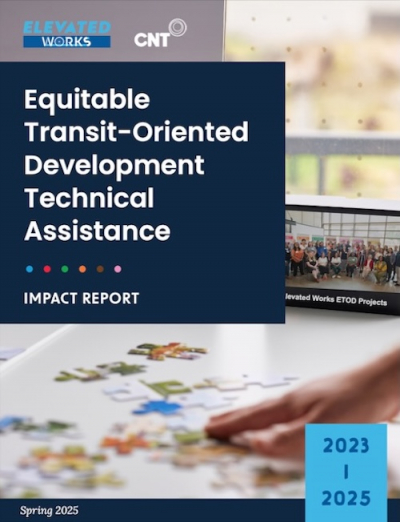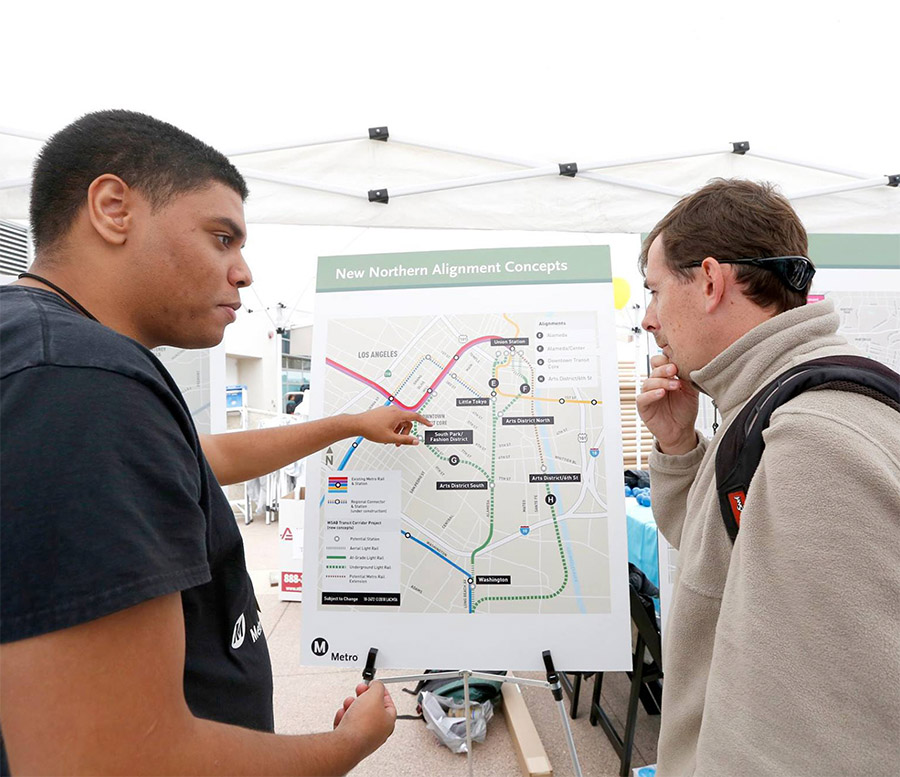
Update on the Campaign to Stop General Iron
On May 7th, Chicago Mayor Lori Lightfoot announced a decision to delay a decision on a permit that would allow General Iron to move to Chicago’s Southeast side, a predominantly Latinx and Black community, until further environmental analysis can be completed by the Chicago Department of Public Health. Environmental justice advocates, who engaged in a month-long hunger strike to stop General Iron’s relocation, are asking for a full denial of the permit. General Iron, a scrap metal shredder... Read the rest of this entry »
Why CNT is Supporting the Campaign to Stop General Iron
Today is Day 12 of a hunger strike led by activists on Chicago’s Southeast side to call attention to the relocation of a major industrial polluter to their community. General Iron, a scrap metal shredder that was repeatedly fined for environmental violations in its former home in Lincoln Park, is awaiting a final permit from the Chicago Department of Public Health to allow it to move its operations to the Southeast side. CNT strongly supports the campaign to stop General Iron, and we urge the... Read the rest of this entry »
Shouldering the Burden of an Accumulating Crisis
The COVID-19 pandemic has impacted communities around the world. However, Latinx, Black, Indigenous, and other communities of color have been disproportionately impacted due to existing social, environmental, and economic factors that make individuals more likely to have worsened COVID-19 outcomes. The Link between Land Use, Air, and COVID-19 Racialized land use and lending practices, such as redlining, have disproportionately located heavy industrial development near Black and... Read the rest of this entry »
Eviction and the Cost of Transportation
Summary Two related crises are afflicting US households: increasing housing costs and increasing incidence of eviction. One often overlooked component of these crises is transportation and its costs. This article explores some eviction and transportation data and argues that transportation costs play an integral part in the eviction crisis that affects so many families. The US is experiencing a housing crisis The current US housing crisis began in the run-up to the Great... Read the rest of this entry »
Statement From CNT on Equity and Systemic Racism
Black lives matter. Structural racism has enabled law enforcement to use incarceration and lethal violence upon Black men, women, and children, over-and-over, for centuries. These are people with names and families and stories. The current protests give voice to the suffering and righteous anger of Black communities across the nation. We humbly stand in solidarity and allyship with this movement. We will continue our internal journey of pursuing racial equity and justice through our work as... Read the rest of this entry »
The economics of integration or assimilation - why can’t I live in a Black neighborhood without making the journey of a thousand miles for fresh veggies?
Beyond all mainstream Obama-induced beliefs, structural racism is alive and well in this country. This type of racism hasn’t even taken a day off. Racism rears its head in many ways, but one of the ways it silently expresses itself is under the narrative of integration. Our ancestors fought hard and persistently to grant us all the right to live and shop wherever we wanted, but the result behaves more like assimilation than integration. Integration is the unification of... Read the rest of this entry »
Chasing after an adequate grocer: trains, cars, bikes, and my Black experience.
Having always lived in a Black community, I have always had to travel to the next-town-over to buy full groceries. There was one exception. As a child, I often walked to an exceptional grocery store. It was built on the site of an existing forest, anchored economic development, then suddenly closed after seven years. It remains vacant more than twenty years later. I will also note that the grocery store provided video rentals. The lower cost and one-stop-shopping forced... Read the rest of this entry »
What Can Communities Do About Lead in Drinking Water?
From inventories to public education, here's how local leaders can take action on lead An estimated 6 million leaded service lines deliver drinking water to households across the United States, and when these lines leach lead into drinking water, it poses a serious public health problem. In the midst of the COVID-19 pandemic, states and cities are working to issue moratoriums on water shutoffs and reconnect service to those that have been shut off—but it’s important to... Read the rest of this entry »
Envisioning a More Equitable and Sustainable Future
Life has turned upside down for families and communities around the world over the past several months. Inequality, poverty, and lack of access to basic needs, which we have long struggled with in our communities, has been made exponentially worse by this global pandemic and its economic fallout. CNT’s staff (working from home) is continuing to help cities solve today’s problems while creating visions for the future of sustainable, equitable communities. It is our hope that when this is all... Read the rest of this entry »
What Do People Want to See in Chicago’s Next eTOD Plan?
Transit-oriented development (TOD) anchors vibrant communities around transit stops. When homes, offices, retail, and other amenities are located nearby, people can spend less time and money getting to all the places in their daily lives. Equitable transit-oriented development (eTOD) takes this a step further by making sure that the benefits of living and working near transit are available to people of all races and income levels. For the past three years, CNT has been working with Elevated... Read the rest of this entry »





 Strengthening Transit Through Community Partnerships
Strengthening Transit Through Community Partnerships








